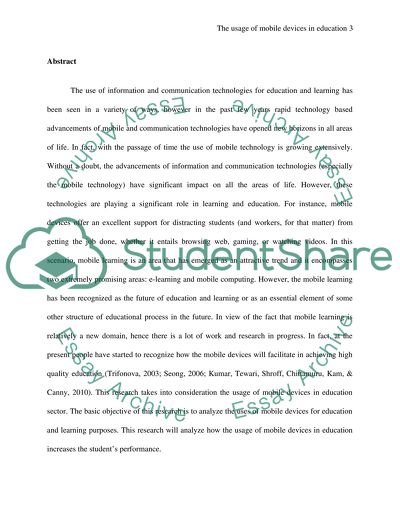Cite this document
(“The Usage of Mobile Devices in Education Research Paper”, n.d.)
The Usage of Mobile Devices in Education Research Paper. Retrieved from https://studentshare.org/information-technology/1402383-the-usage-of-mobile-devices-in-education
The Usage of Mobile Devices in Education Research Paper. Retrieved from https://studentshare.org/information-technology/1402383-the-usage-of-mobile-devices-in-education
(The Usage of Mobile Devices in Education Research Paper)
The Usage of Mobile Devices in Education Research Paper. https://studentshare.org/information-technology/1402383-the-usage-of-mobile-devices-in-education.
The Usage of Mobile Devices in Education Research Paper. https://studentshare.org/information-technology/1402383-the-usage-of-mobile-devices-in-education.
“The Usage of Mobile Devices in Education Research Paper”, n.d. https://studentshare.org/information-technology/1402383-the-usage-of-mobile-devices-in-education.


